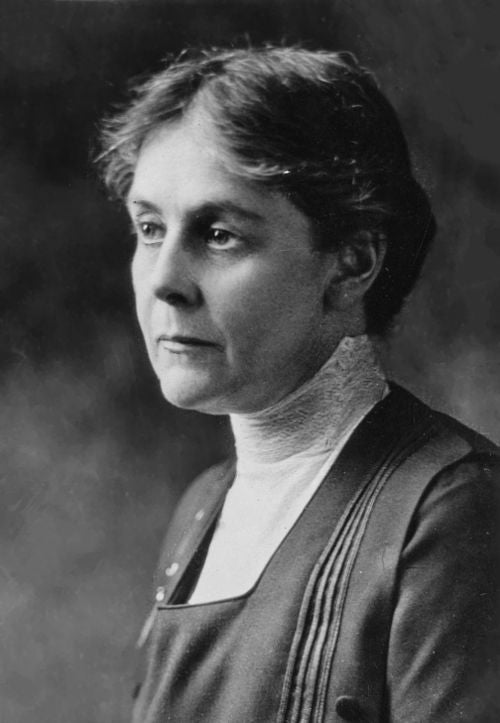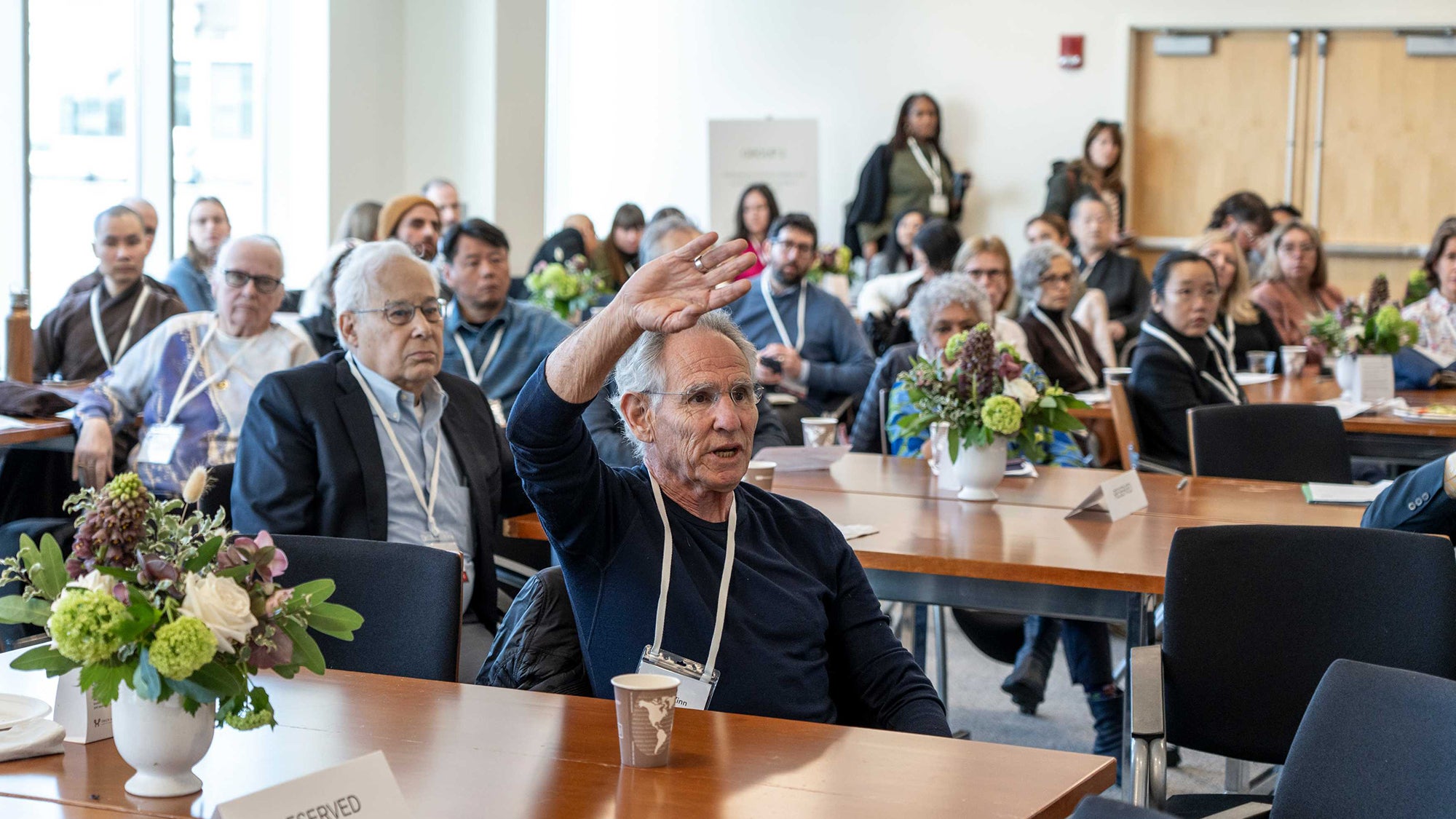“Work Design for Health” framework and toolkit developed by researchers at Harvard Chan School and MIT Sloan School of Management offers employers effective alternative to employee wellness programs

For immediate release: Thursday, September 9, 2021
Boston, MA – The “Work Design for Health” framework—developed by Harvard T.H. Chan School of Public Health and MIT Sloan School of Management researchers—maps how to create work environments that foster worker health and well-being.
The framework offers new and viable directions for improving worker health and well-being while maintaining or enhancing employee engagement and productivity, according to the researchers. It elucidates why employers should shift their focus from offering wellness programs, which aim to change individual behaviors, to creating workplace conditions that ease burdens and support employee health and well-being.
The Work Design for Health framework is outlined in an article published online in the American Journal of Public Health on September 9, 2021. Additionally, the team has created a toolkit and website to guide employers through the process of assessing whether their workplace could benefit from the Work Design for Health approach, as well as how to implement it, and to explain the research underpinning the framework.
“Many employers are looking for ways to support the health and well-being of their employees—particularly after a year of high stress and unusual challenges at work and in the wider world,” said Erin L. Kelly, the Sloan Distinguished Professor of Work and Organization Studies at MIT Sloan and a co-author of the paper. “We hope the work design framework inspires more organizations to consider the various ways that work affects employees’ health and well-being.”
Lisa Berkman, Thomas D. Cabot Professor of Public Policy and Epidemiology at Harvard Chan School and principal investigator of the paper, explained, “This innovative Work Design for Health framework provides best practices to companies that will help improve employee health and well-being while also maintaining their productivity. The companion website provides concrete, research-tested examples of practical changes that can improve health and well-being.”
For the past several years, discussions about improving worker health have focused on health promotion or wellness programs that focus on individual behaviors, such as increasing exercise, practicing mindfulness, or eating healthy food. Recent rigorous research by others indicates that these programs do not substantially change these behaviors or practices to impact a wide range of employee health outcomes, suggesting that a new perspective on work conditions and work environment is needed. The Harvard Chan School and MIT Sloan team emphasizes that these social conditions are major determinants of poor health and therefore changing them leads to prevention of illness and disability in the first place.
Building on decades of previous work redesign research and frameworks, the team proposes a model of work redesign updated for the realities of work in the 21st century. This framework identifies three strategies to reshape work conditions that not only improve worker well-being but may also benefit the organization:
- Increasing workers’ control over their schedules and giving them greater voice over work conditions;
- Moderating job demands; and
- Offering training and employer support aimed at enhancing social relations at work.
The toolkit provides many examples and case studies of how these strategies have been tested and implemented in a variety of workplace settings. For instance, one study found that giving high-tech professionals more control over their work schedules resulted in workers who were more productive, less stressed, and less likely to quit.
In addition to being more effective at increasing employee well-being, a redesign based on the Work Design for Health framework could save employers money, according to the researchers. Wellness programs now cost on average more than $700 per employee, whereas one extensive redesign initiative reviewed by the authors cost roughly half that much.
“Workplace changes during the COVID-19 pandemic have shown employers that providing workers with more flexibility in where, when, and how they work can be beneficial to employees and their organizations,” said Meg Lovejoy, a co-author of the paper and research program director of the Work and Well-being Initiative at the Center for Population and Development Studies at Harvard Chan School. “The return to more familiar workplace practices and settings offers a key moment for employers to consider how they can reshape the work environment to better promote worker well-being, engagement, and retention. The Work Design for Health approach offers guidance and evidence-based strategies to employers on how they might accomplish this.”
Laura Kubzansky, a co-author of the paper and the Lee Kum Kee Professor of Social and Behavioral Sciences at Harvard Chan School, further emphasizes the importance of workplace conditions as key determinants of happiness and well-being—as important as socioeconomic position, family and community ties, or other aspects of the social environment.
Support for this study was provided by the Robert Wood Johnson Foundation. The views expressed here do not necessarily reflect the views of the Foundation.
“Work Redesign for the 21st Century: Promising Strategies for Enhancing Worker Well-Being,” Meg Lovejoy, Erin L. Kelly, Laura D. Kubzansky, and Lisa F. Berkman, American Journal of Public Health, published online ahead of print September 9, 2021, doi: 10.2105/AJPH.2021.306283.
Photo: iStock
For more information:
Nicole Rura
617.432.8416
nrura@hsph.harvard.edu
Visit the Harvard Chan School website for the latest news, press releases, and multimedia offerings.
###
Harvard T.H. Chan School of Public Health brings together dedicated experts from many disciplines to educate new generations of global health leaders and produce powerful ideas that improve the lives and health of people everywhere. As a community of leading scientists, educators, and students, we work together to take innovative ideas from the laboratory to people’s lives—not only making scientific breakthroughs, but also working to change individual behaviors, public policies, and health care practices. Each year, more than 400 faculty members at Harvard Chan School teach 1,000-plus full-time students from around the world and train thousands more through online and executive education courses. Founded in 1913 as the Harvard-MIT School of Health Officers, the School is recognized as America’s oldest professional training program in public health.
MIT Sloan School of Management
The MIT Sloan School of Management is where smart, independent leaders come together to solve problems, create new organizations, and improve the world. Learn more at mitsloan.mit.edu.


